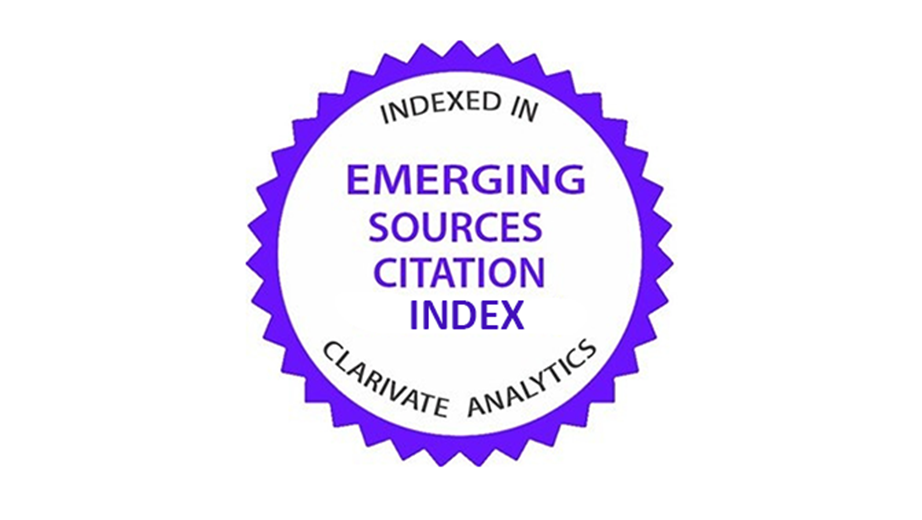Post Mortem semen extraction: Legal and ethical aspects. Description of case and study in Colombia
DOI:
https://doi.org/10.18270/rcb.v10i1.690Keywords:
semen post mortem, bioethics, in vitro fertilization, procreation post mortem, informed consentAbstract
The extraction of semen post mortem (ESP for it Spanish acronym) for in vitro fertilization programs is a procedure that has been practiced since the 80’s. In the last decades the solicitations for ESP have increased throughout the world. This procedure has unleashed ample discussion about ethical and legal aspects in mental health, with important questions that do not yet have answers. In Colombia there have not been any documen-ted cases in the indexed medical or bioethics literature. In the ample majority of the countries, nothing has been said in the form neither of guardianship nor through regulatory means. Currently, extracting semen from a person after death is a scientifically possible reality. Is this ethically good and legally viable? The debate is barely in sight and its response, it appears, is still far away. This case report presents a historical recounting of the evolution of ESP in the world and a presentation of the case of the Hospital Univesitario Fundación Sante Fe. Presented as well is an analysis about the ethical implications of the donor’s will, of the soliciting party, of the child, and of the doctors, as well as of the legal and mental health implications in Colombia.
Downloads
References
2. BAHADUR, G. «Death and conception». In Hum Reprod. 2002, 17:2769-75. [En línea]. [Fecha de con-sulta 11 de febrero de 2012]. Disponible en http://humrep.oxfordjournals.org /content/17/10/2769.short
3. BATZER, F. R., HURWITZ, J. M., & CAPLAN, A. «Postmortem parenthood and the need for a protocol with posthumous sperm procurement».Fertility and Sterility. 2003, 79(6), 1263-69.
4. BIAHAMS, D. «A unique case of frozen sperm export?». InThe Lancet. 19 97. 349(9050), 448. doi:10.1016/S0140-6736(05)61180-4. [En línea]. [Fecha de con-sulta 13 de junio de 2012] Disponible en http://www.thelancet.com /journals/lancet/issue/vol-349no9050/PIIS0140-6736%2800%29X0037-2
5. BLYTH, E. y CAMERON, C. «The welfare of the child. An emerging issue in the regulation of assisted conception». In HumReprod. 1998, 13:2339-55. [En línea]. [Fecha de consulta 28 de enero de 2013]. Disponible en http://humrep.oxfordjournals.org/content/13/9/23 39.short
6. COLOMBIA. CONSTITUCIÓN POLÍTICA DE 1991. Bogotá: Legis, 2010.
7. EPKER, J.; GROOT, Y.; KOMPANJE, E. «Ethical and practical considerations concerning perimor-ten sperm procurement in a severe neurologically damaged patient and the apparent discrepancy in validation of proxy consent in various postmortem procedures». Intensive Care Med. 2012, 38, pp. 1069-73. [En línea]. [Fecha de consulta 14 de octubre de 2013]. Disponible en http://link.springer.com/arti-cle /10.1007/s00134-012-2536-x# page-1
8. ETHICAL CONSIDERATIONS OF THE NEW REPRODUCTIVE TECHNOLOGIES. «The Ethics Committee of the American Fertility Society». In Fertil Steril. 1990(53); Suppl 2:34S-35S.
9. HOSTIUC, S. & CURCA, C. G. «Informed consent in posthumous sperm procurement».In Archives of Gynecology and Obstetrics. 2010, 282(4), 433-8.
10.HURWITZ, J. M. Y BATZER, F. R. «Posthomous sperm procurement: demand and concerns». In ObstetGynecolSurv 2004, 59:806-8.
11.ORR, R. & SIEGLER, M. «Is posthumous semen retrieval ethically permissible?» Journal of Me-dical Ethics. 2002, Vol. 28 N.o 5, pp. 299-302. doi:10.1136/jme.28.5.299. [En línea]. [Fecha de con-sulta 24 de octubre de 2014]. Disponible en http://jme.bmj.com/content/28/5/299.short doi:10.1136 /jme.28.5.299 12.PENNINGS, G. «Measuring the welfare of the child: in search of the appropriate evaluation principle».In Human Reproduction. 1999, 14(5), 1146-50.
13.ROTHMAN, C. M. «A method for obtaining viable sperm in the postmortem state». In Fertility and Ste-rility. 1980, 34(5), 512
14.SHENFIELD, F. «Consent and Intent: The Legal Di-fference in Assisted Reproductive Treatments». In M. D. A. Freeman & A. D. E. Lewis (E ds.), Law and Me-dicine. 2000,(pp. 3-317). Oxford University Press.
15.TOWNSEND, M. F., RICHARD, J. R., & WITT, M. A. «Artificially stimulated ejaculation in the bra-in dead patient: a case report». In Urology. 1996, 47(5), 760-2. [En línea]. [Fecha de consulta 26 de abril de 2012]. Disponible en http://www.sciencedirect.com/science/article/pii/S0090 429596000210#
16.WHITE, G. B. «Commentary: legal and ethical as-pects of sperm retrieval». In The Journal of Law, Medicine & Ethics: A Journal of the American Society of Law, Medicine & Ethics. 1999, 27(4), 359-361, 295.
Downloads
Published
How to Cite
Issue
Section
License

Esta obra está bajo licencia internacional Creative Commons Reconocimiento-NoComercial-SinObrasDerivadas 4.0.














